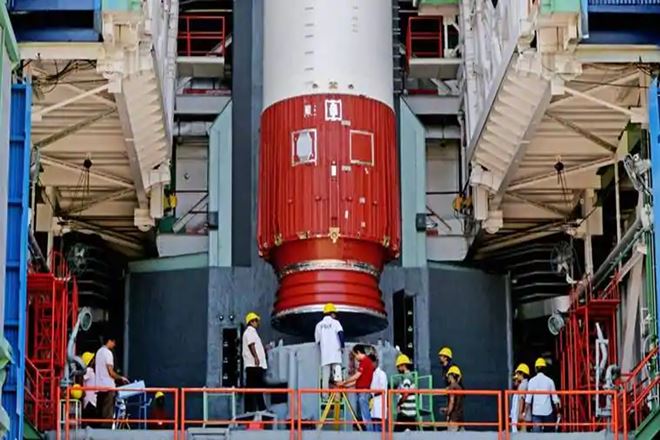With the launch of RISAT-2B, Isro’s newly minted Earth-observation satellite, India will reap a raft of benefits in diverse areas, from agriculture and forestry to security and disaster management. RISAT-2B has been dubbed—rather too quickly—as a spy satellite. Though there is a military utility to the satellite—it can be used for enhanced surveillance and checking cross-border infiltration—and it can carry on its observation functions even in poor weather, generating images from the ground, the potential it has for other areas is far to great to play second fiddle to its surveillance potential.
In agriculture, specifically, where the world is moving towards real-time observation for early detection of crop failure, India needs eyes in space. As experts have pointed out, calculation of crop insurance under the central government scheme can become more accurate and payment to farmers faster if satellite-based imagery is used.
Similarly, real-time monitoring of forest cover loss, poaching, illegal mining in resource rich areas can also help India tackle these losses. One of the strongest potential lies in disaster management. If, for instance, the satellite is able to detect loss of mangrove cover or map flood-hit areas for faster relief delivery, the lives of millions of vulnerable Indians can be made better. RISAT-2B will be replacing the RISAT-2 and will be on a five years mission. It is India’s first such earth-observation satellite with indigenous technology having such complexities. If it delivers across the fronts it is expected to, India can further consolidate its position in the club of the space-elite.


